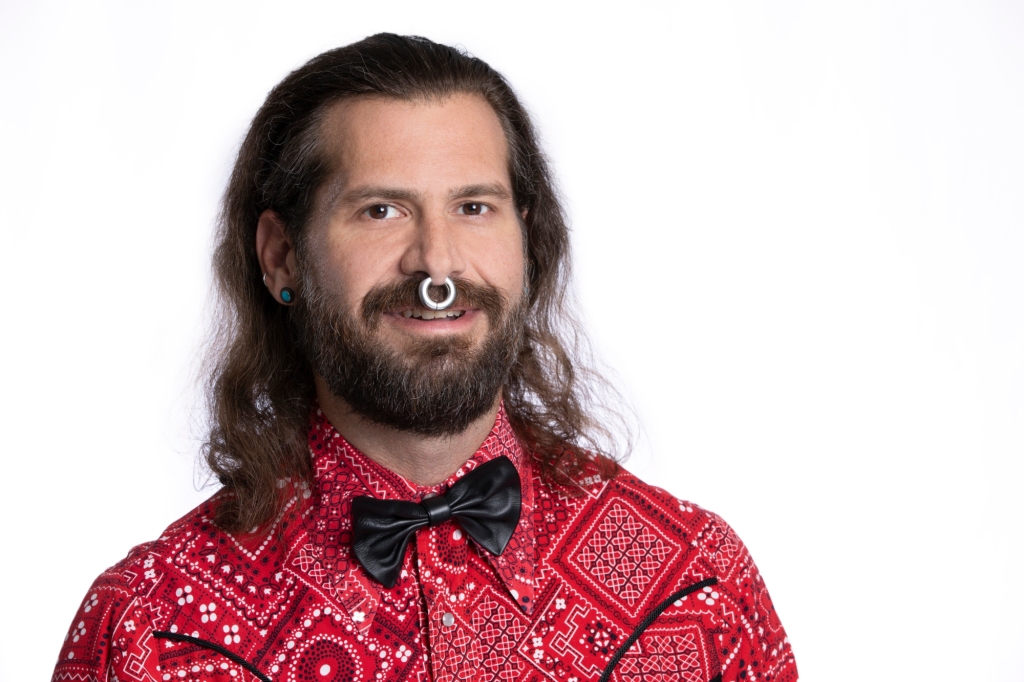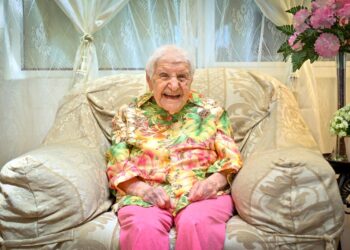About 15 years ago, Cal State Fullerton associate professor of cinema and television arts Hunter Hargraves remembers watching a marathon of “Law and Order: Special Victims Unit” episodes on DVD with his friends. The plotlines felt different than the typical gritty realism of a cop drama. They were instead filled with violence, sex crimes and a myriad of abuse. But he and his friends were hooked.
At that time, Hargraves began to recognize a noticeable shift in television content. The increase in shows that included disturbing storylines of sex, violence, substance abuse and anti-hero protagonists was seen regularly, not just in dramas, but across all genres. And viewers couldn’t get enough of it. Shows like “Law and Order: SVU,” “The Wire” and “Intervention” were some of the most popular programs of that time.
Hargraves took his curiosity in this cultural shift and dove headfirst into researching this trend. The result is his February 2023 published book, “Uncomfortable Television,” in which he takes a closer look at American television in the late 2000s and early 2010s and “examines how television makes its audiences find pleasure through feeling disturbed” and the feelings around that discomfort.
“Because television is still our most popular and pervasive form of entertainment, that makes it all the more important to study,” Hargraves said.
The book begins within the context that television has always been instrumental in setting the norm for its viewers. In the 1950s, for example, the standard for the suburban middle class — the three-car garage, 2.5 kids and the white picket fence — was portrayed through sitcoms, and viewers compared their families to what they saw on TV.
“Television was really important in selling that dream and teaching families how to be and how to live in the new postwar capitalist society,” Hargraves said.
The same could be said for the 21st century, but what it means to live in today’s economy…
Read the full article here






